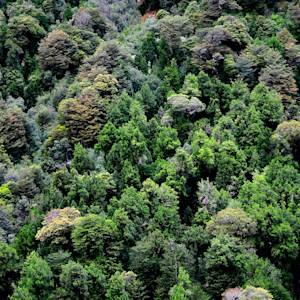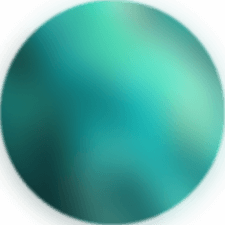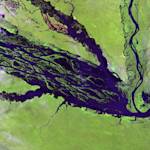Tierra De Ranas
2000 • Pocochay, La Cruz, Chile
We moved to Pocochay or "Frog Land" from the capital. At the back of our house there was a small water channel, that quickly became dry, so the inland shrimps and the frogs we found the first year were gone from one summer to another. It was what I knew as country side, in fact, yes, pretty rural, but urbanized enough. In the following 10 years I could see how avocado trees made its way to the hill tops, then the next decade the valley was suffering at a degree that the earth starting cracking. Further to the coast where people had cattle every summer would come up in the news desperate people crying because theres no grass nor water to keep animals alive, so they were dropping like flys. Also I remember in that ignorant first years that we had this really rare and hard to produce fruits, called Chirimoyas, and guess what those beautiful slow growing trees were replaced for avocados, because those can be cut green, and endure the export to Europe or your local grocery for your trendy avocado toasts.
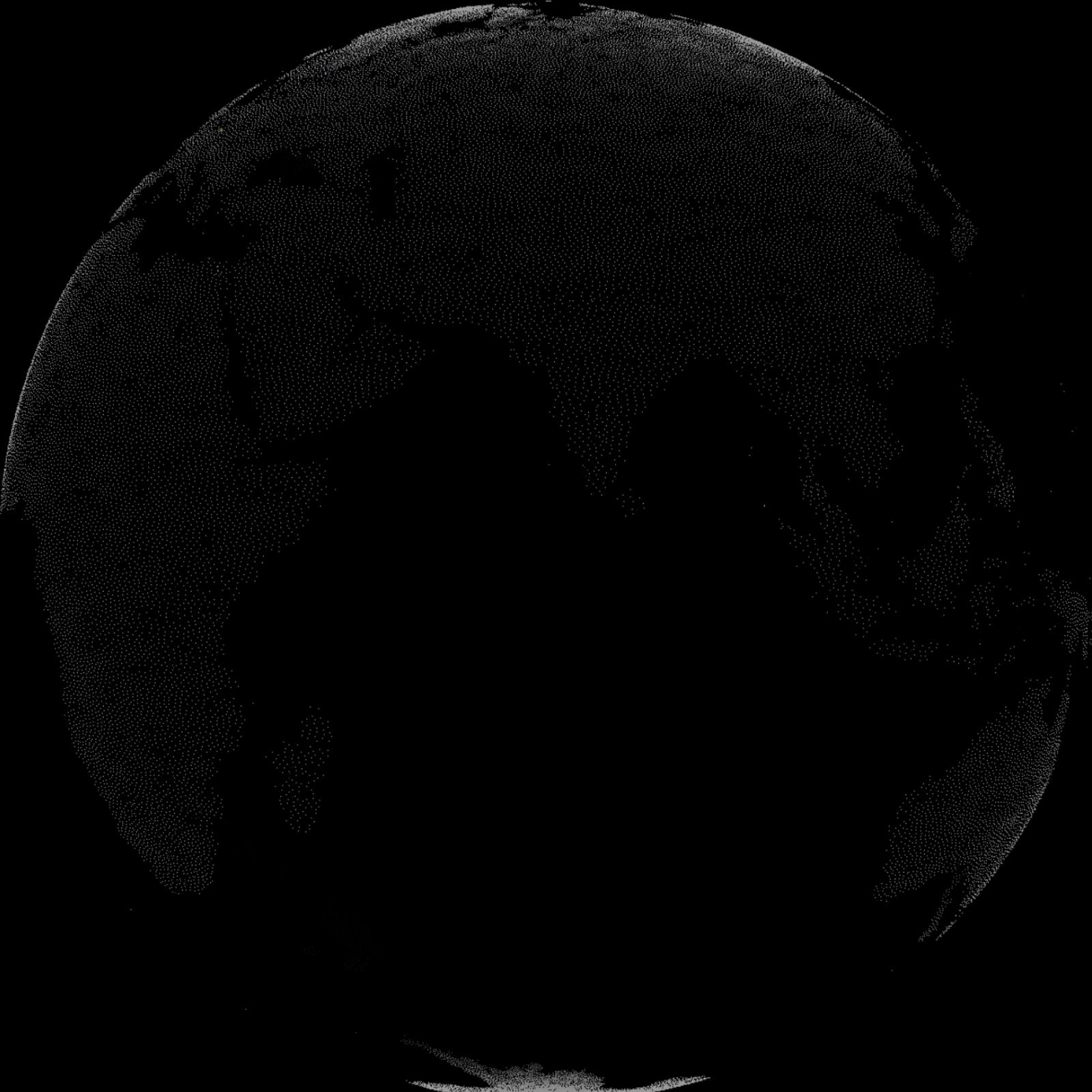

Learn about Maya Lin’s fifth and final memorial: a multi-platform science based artwork that presents an ecological history of our world - past, present, and future.
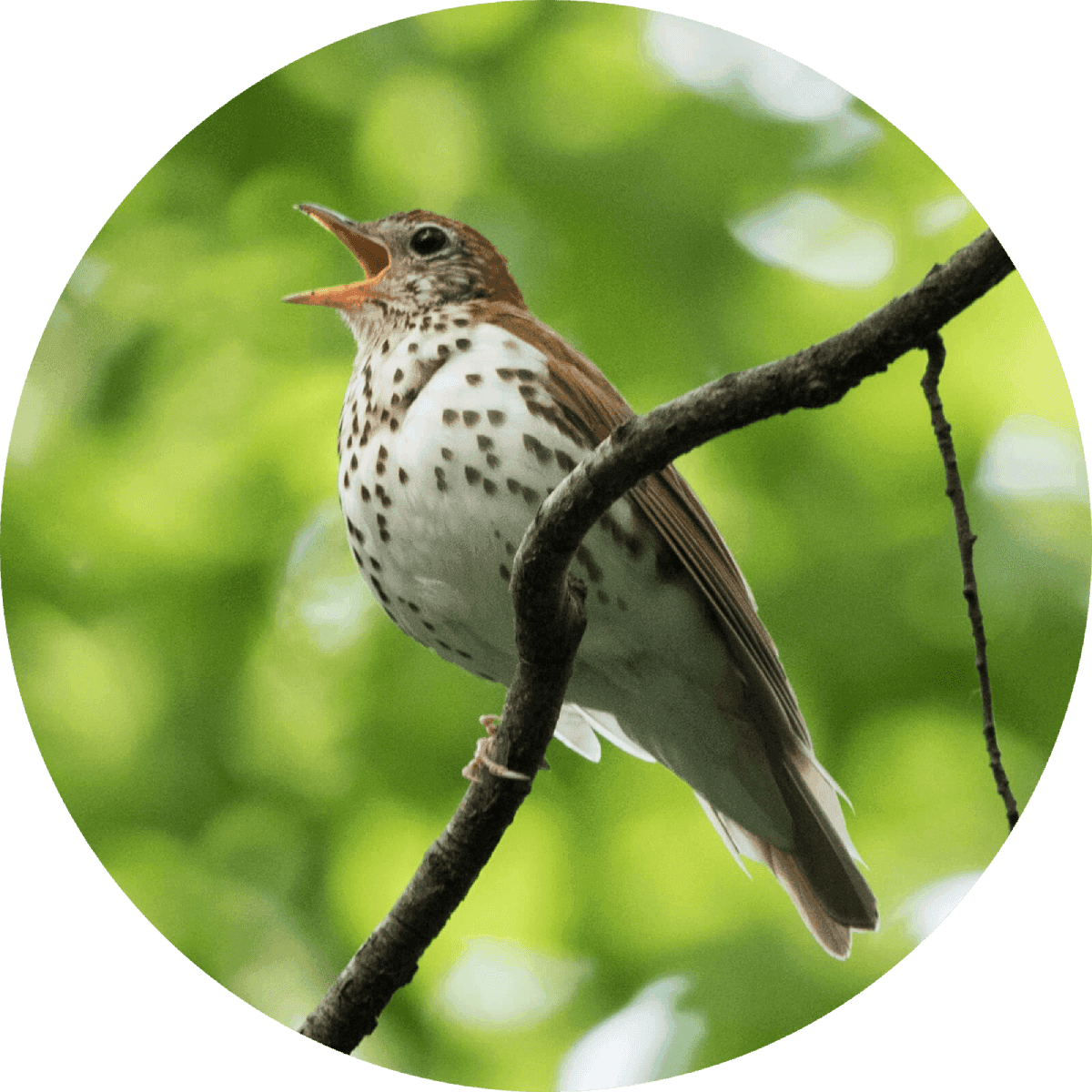
Discover ecological histories and stories of former abundance, loss, and recovery on the map of memory.
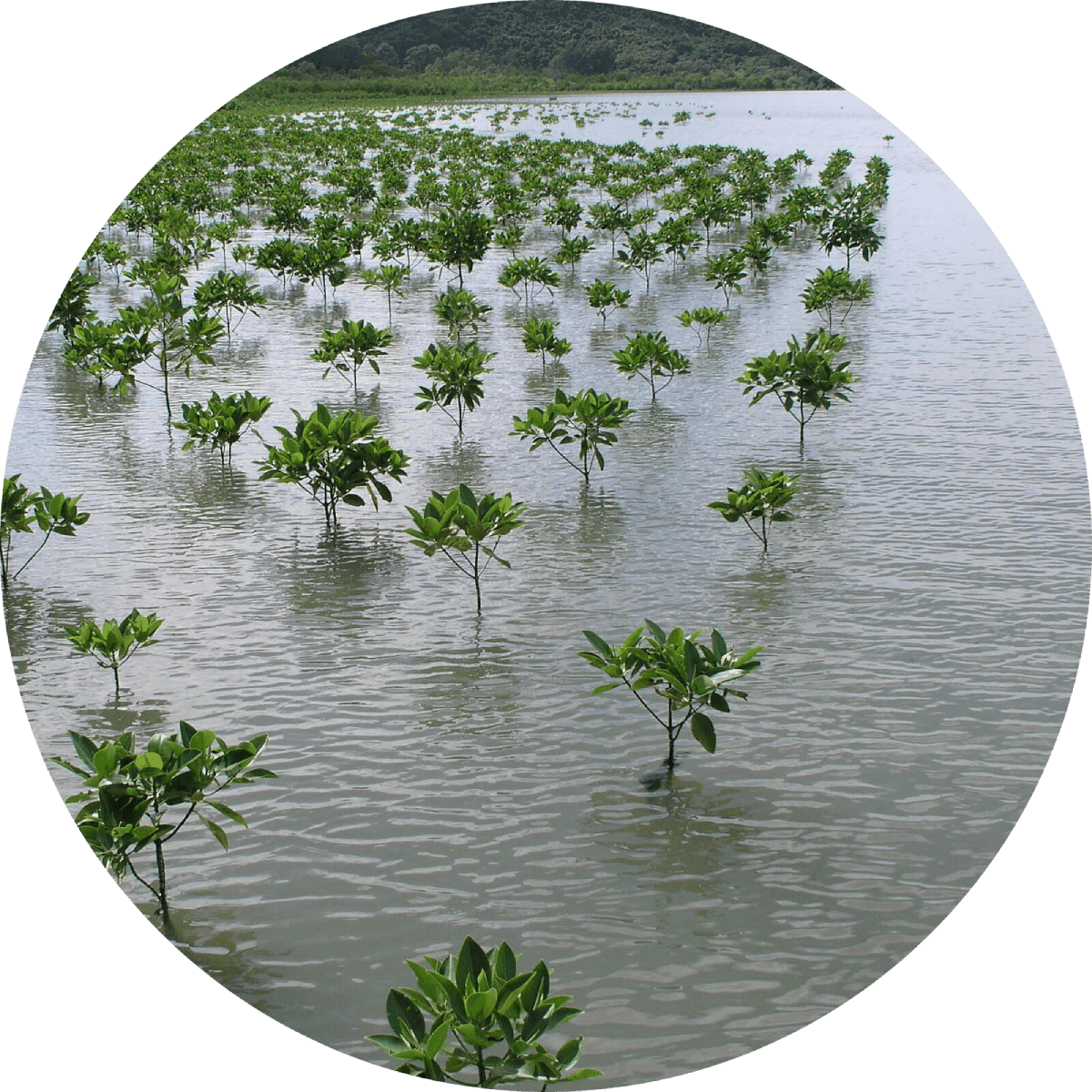
Learn how we can reduce our emissions and protect and restore species and habitats – around the world.

See how art can help us rethink the problems we face, and give us hope that each one of us can make a difference.
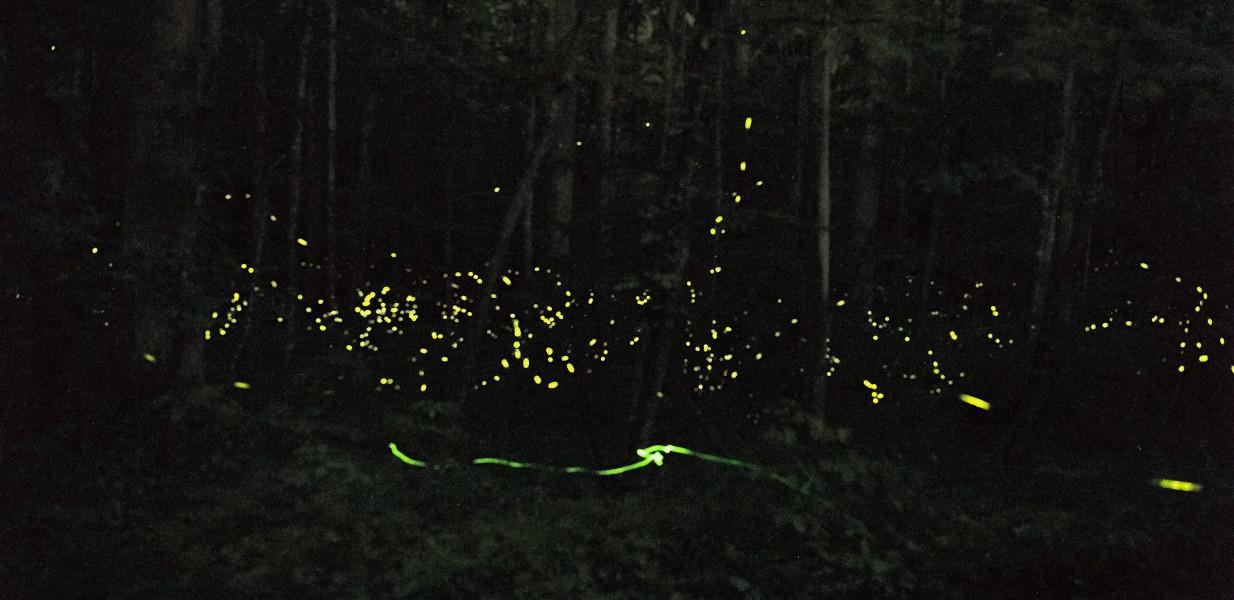
Help make a global memorial something personal and close to home. Share your stories of the natural world.
